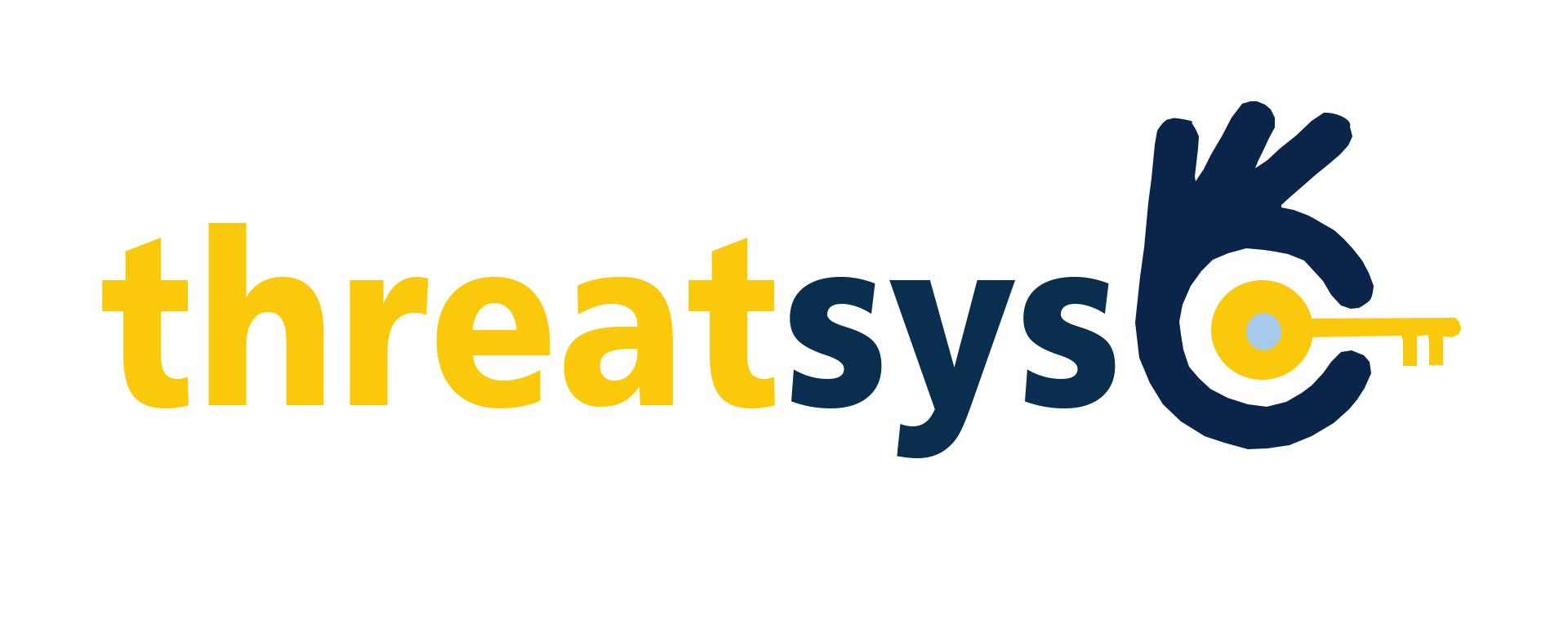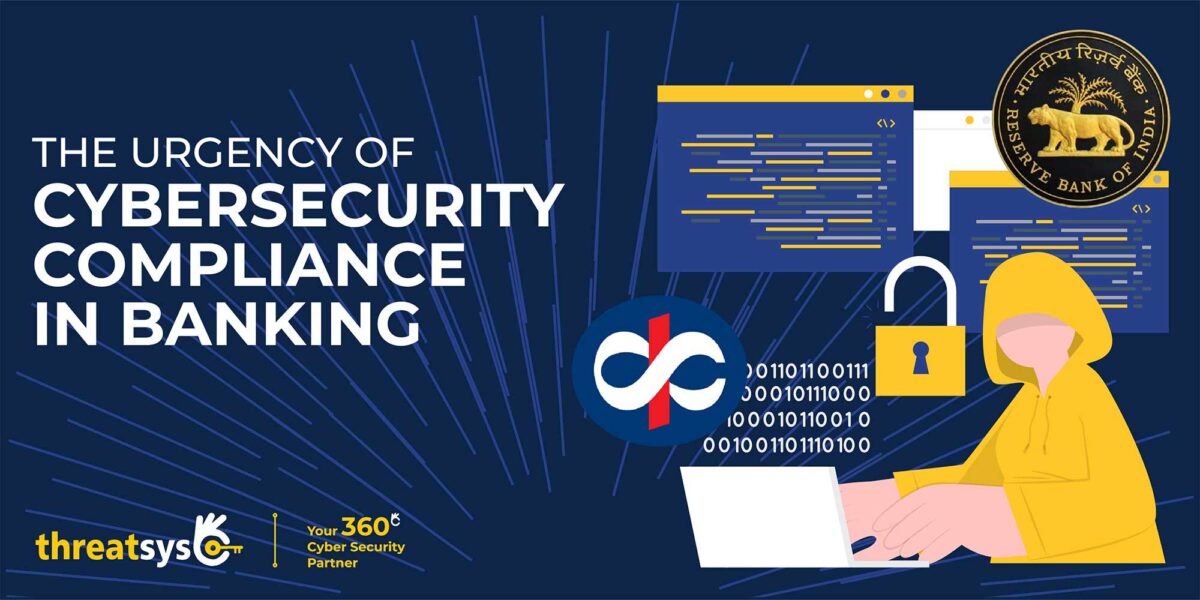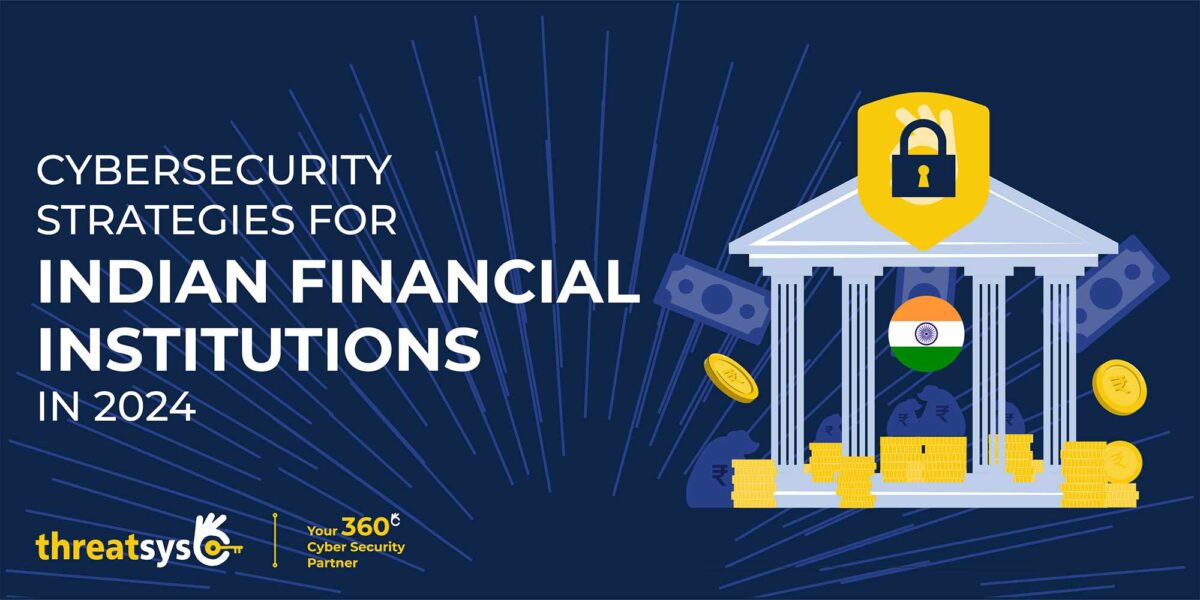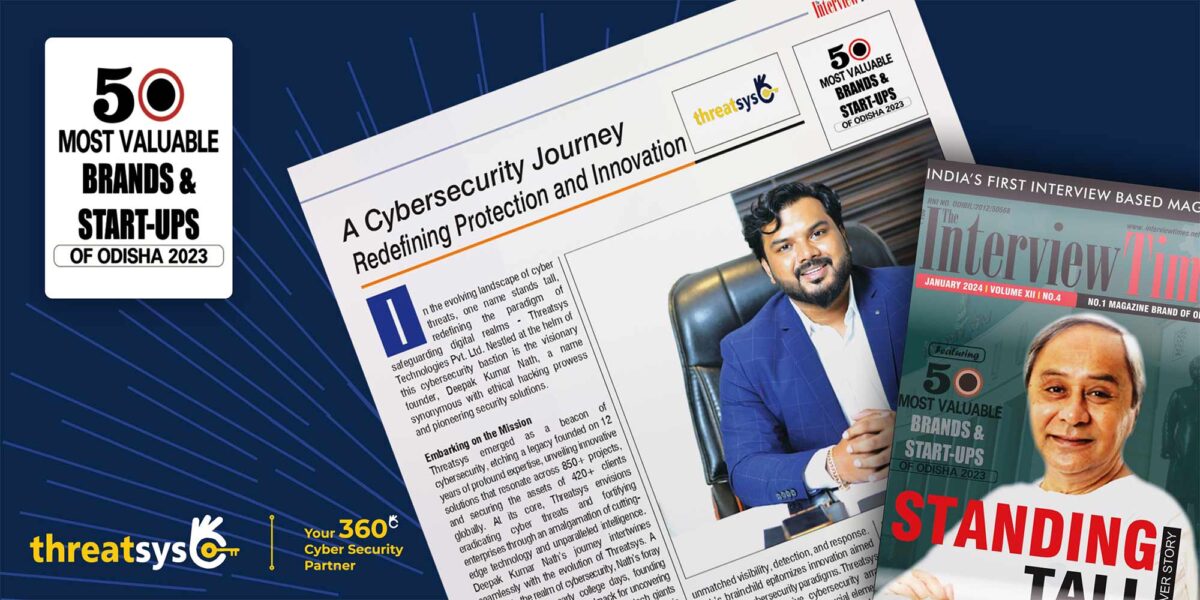The coronavirus pandemic has created new challenges for businesses as they adapt to an operating model in which working from home has become the ‘new normal’. Companies are accelerating their digital transformation, and cybersecurity is now a major concern. The reputational, operational, legal and compliance implications could be considerable if cybersecurity risks are neglected. This article examines the impact of COVID-19 on cyber risk and mitigation measures that businesses can take.
Impact of COVID-19 on digital working and cybersecurity
The restrictions imposed by governments in response to the coronavirus pandemic have encouraged employees to work from home, and even ‘stay at home’. As a consequence, technology has become even more important in both our working and personal lives. Despite this rise of technology need, it is noticable that many organisations still do not provide a ’cyber-safe’ remote-working environment. Where business meetings have traditionally been held in-person, most now take place virtually.
In June 2020 Swissinfo.ch reported figures from the NCSC (National Cyber Security Center) showing that there were 350 reported cases of cyberattacks (phishing, fraudulent web sites, direct attacks on companies etc.) in Switzerland in April, compared to the norm of 100-150. The coronavirus pandemic and increase in working from home were seen as a major cause of this increase, since individuals working at home do not enjoy the same level of inherent protection/deterrent measures from a working environment (e.g. internet security).
The case for increased cybersecurity
The increase in remote working calls for a greater focus on cybersecurity, because of the greater exposure to cyber risk. This is apparent, for example, from the fact that 47% of individuals fall for a phishing scam while working at home. Cyber-attackers see the pandemic as an opportunity to step up their criminal activities by exploiting the vulnerability of employees working from home and capitalizing on people’s strong interest in coronavirus-related news (e.g. malicious fake coronavirus related websites). Another important consideration is that the average cost of a data breach resulting from remote working can be as much as $137,000.
On July 8th, the City of London Police reported that since January 2020 more than GBP 11 million have been lost due to COVID-19 scams. In Switzerland, one in seven respondents to a survey had experienced a cyberattack during the pandemic period.
Cyberattacks on video conferencing services
An example of criminals exploiting the cybersecurity weaknesses in remote working has been the series of cyberattacks on video conferencing services. Between February 2020 and May 2020 more than half a million people were affected by breaches in which the personal data of video conferencing services users (e.g., name, passwords, email addresses) was stolen and sold on the dark web. To execute this attack, some hackers used a tool called ‘OpenBullet’.
Hackers also use credential stuffing techniques to gain access to employees’ credentials and the stolen data is then sold to other cybersecurity criminals. One of the consequences is a serious disruption to businesses that rely heavily on videoconferencing platforms. Credential stuffing is a form of cyberattack whereby hackers use previously-stolen combinations of username and password to gain access to other accounts. This is possible because it is very common for individuals to use the same username/password combination across multiple accounts.
We noted instances where unwanted and uninvited members gain access to virtual meetings and obtain confidential or sensitive information, which is then sold to another party or made available to the public to damage the company’s reputation.
The cyber threat landscape
The cyber threat landscape is diverse:
- Malicious employees working from home with less supervision and fewer technical controls may be tempted to carry out a fraud or other criminal activity
- Cybercriminals recognize that the data security measures currently in place are ‘not fit for purpose’ or sufficiently robust to prevent them from making successful cyberattacks
- The activities of hacktivists (hackers fighting for social and political issues) are adding to the cybersecurity threats
- Script kiddies (‘junior’ hackers with less technical skills) are testing out cyberattack packages on a variety of organizations and improving their skills.
Most of these threats have intensified because of the opportunities that have arisen during the COVID-19 outbreak.
One of the reasons for the spike in cyberattacks may be due to the fact that some small and medium-sized businesses take a ‘Bring Your Own Device’ (BYOD) approach (in contrast to a ‘Corporate Owned Personally Enabled’ (COPE) approach), which means that employees can use their personal devices (phones, tablets, or laptops) to access corporate information. Working from home does not guarantee the same level of cybersecurity as an office environment. When using a personal computer or laptop to access corporate files and data (even with the security of an MDM solution) users are more exposed to cyberattacks. For example, employees may not run an antivirus or anti-malware scan regularly, if at all. A home working environment does not have sophisticated enterprise prevention and detection measures. Additionally, home Wi-Fi networks are much easier to attack.
Human error is another issue of concern. Prior to the pandemic, human error was already a major cause of ‘cyber insecurity’: employees would unknowingly or recklessly give access to the wrong people. With home working, however, the problem is even greater. When they work from home, employees may be interrupted in the work they are doing by family members or social visitors. These distractions can make individuals more careless. IT systems need to adapt to these changes in working practices and the increase in human error. This can be accomplished in many ways such as incorporating time-outs in key information systems, enhancing controls to apply the ‘four-eyes principle’, enforcing segregation of duties (SOD) or automated controls. After all, this is what ’digital empathy’ is about.

The changing nature of cyberattacks
It appears that many hackers are upping their game, and to capitalize on the new shift by companies to remote working, they have developed new malware to attack and infiltrate systems.
Prior to the pandemic, about 20% of cyberattacks used previously unseen malware or methods. During the pandemic, the proportion has risen to 35%. Some of the new attacks use a form of machine learning that adapts to its environment and remains undetected. As an example, phishing attacks are becoming more sophisticated and using different channels such as SMS and voice (vishing). Moreover, news about vaccine developments is used for phishing campaigns. Ransomware attacks are also becoming more sophisticated. For example, hackers are combining data leakage attacks with ransomware to persuade victims to pay the ransom.
This upsurge in sophisticated cyberattacks calls for new ‘cutting edge’ detection mechanisms to meet the threat, such as ‘user and entity behavior analysis’ or UEBA. This analyzes the normal conduct of users, and applies this knowledge to detect instances where anomalous deviations from normal patterns occur.
Are businesses prepared for the new cybersecurity risks?
Remote working has created challenges for many small and medium-sized companies: they have not been sufficiently prepared for the upsurge in sophisticated cyberattacks, and much progress is needed to raise cybersecurity awareness. Before the pandemic, some companies were opposed to allowing remote working and especially when it came to accessing confidential data (e.g. banking client personal data). In only a short period of time, companies had to increase their capacity and capabilities for remote working. Unfortunately, cybersecurity was not always a key priority in the fast deployment of remote working capabilities.
For example, some companies do not check that personal devices are equipped with standard security protections before their employees access corporate data, relying on virtual private network (VPN) technologies to do a job that they are not by default designed for. There are ways that companies can implement security measures without being intrusive. For example, host checking is a technology that validates individual requirements on personal devices before allowing access to corporate applications. When vulnerabilities in VPNs are discovered and patches are produced to deal with them, it is important to apply the patches in a timely manner, where possible.
Examples of how companies and employees can increase cybersecurity
Employees working from home and using their personal computer (and even those using a corporate-owned device) should implement essential cyber hygiene practices. These include:
- Antivirus protection. Employees should be provided with a license to antivirus and malware software for use on their personal computers. Although this does not provide failsafe protection, it eliminates many low-level attacks.
- Cybersecurity awareness. Staff should be briefed on best practices and procedures to regulate the sending of emails or other content to private email addresses and/or cloud storage.
- Phishing awareness. Employees should be vigilant when receiving emails and should check the authenticity of the sender’s address.
- Home network security. Employees should ensure that their home Wi-Fi is protected by a strong password.
- Use a VPN. Virtual private networks add a further layer of protection to internet use from home. They cannot on their own be relied upon to prevent cyberattacks, but they can be a useful barrier against cyberattack. There are some basic cybersecurity strategies that businesses can adopt.
- Identify weak spots. All IT systems have weaknesses. Companies should run tests to identify them and patch the most critical vulnerabilities as soon as possible. This can take the form of vulnerability scanning, or various type of penetration testing exercises. Additionally hardening of components of the technical infrastructure should be performed.
- Frequent reviews. Companies should regularly evaluate cybersecurity risk exposure and determine whether existing controls are robust enough. Any new forms of cyberattack that have appeared recently should be considered during these reviews.
- Renew business continuity and crisis plans. Business lines Managers need to keep their business continuity plans updated and consider cyberattack scenarios.
More advanced measures that can be taken include:
- Apply new technology and tools. Companies can use advanced tools such as host checking (a tool to check the security posture of an endpoint before authorizing access to corporate information systems) to reinforce the security of remote working.
- Intelligence techniques. Businesses should encourage proactive use of cyber threat intelligence to identify relevant indicators of attacks (IOC) and address known attacks.
- Risk management. Businesses can apply governance, risk and compliance (GRC) solutions for improved risk management. GRC solutions provide a detailed view of the company’s risk exposure and help link together the various risk disciplines (e.g. cybersecurity, operational risks, business continuity).
- Prepare for attacks. In these high-risk times, companies are advised to carry out frequent cyber crisis simulation exercises to prepare their response to a cyberattack.
- Zero Trust. CISOs and CIOs should consider implementing a zero trust approach to cybersecurity. This is a security model where only authenticated and authorized users and devices are permitted access to applications and data. It challenges the concept of “access granted by default”.

Conclusion
Cybersecurity is on the agenda of most executive committee meetings, but should perhaps be given extra attention in view of the growing threats during the pandemic. In the midst of the second wave of the coronavirus and concerns about a potential third wave, companies should be proactive in addressing the threats, and plan ways of preventing successful cyberattacks rather than responding when they occur. However although prevention measures are important, there is also a need for cyberattack detection, response and recovery capabilities.
This pandemic has taught us that preparation is key to successfully limiting the risks related to cyberattacks. The ability to quickly react to unforeseen events helps reduce the impact of a cyberattack. Companies that already benefited from secure remote working capabilities will be better prepared to face the continuous increase of cyber threats. Companies that were caught off guard will have to quickly assess their exposure to cyber threats and prioritize initiatives to address their cybersecurity gaps with recommended practice. In addition, corporate owned devices should be the standard for companies allowing remote access to confidential and sensitive data. When it is acceptable to access corporate data from a personal device, cyber risks should also be assessed and actions should be taken to limit cyber threats exposure. The reality is that companies need to change their outlook from ‘if’ they get attacked, to ’when’, and recognize that the fallout from breaches of data privacy or ransomware can be financially devastating. It should also be remembered that financial gain is not the only motive behind cyberattacks. ‘Hacktivism’ and its aim of damaging business reputations is an additional threat.
There are ways to reduce the likelihood and impact of a cyberattack, but it requires focused action and planning. Companies need to make their remote working practices resilient to cyberattacks and enhance their development and application of security measures.
To find out more about cybersecurity strategies for your business, cybersecurity risk assessments, improving access management, and tightening infrastructure security, take a look at the services offered by Threatsys Technologies.




